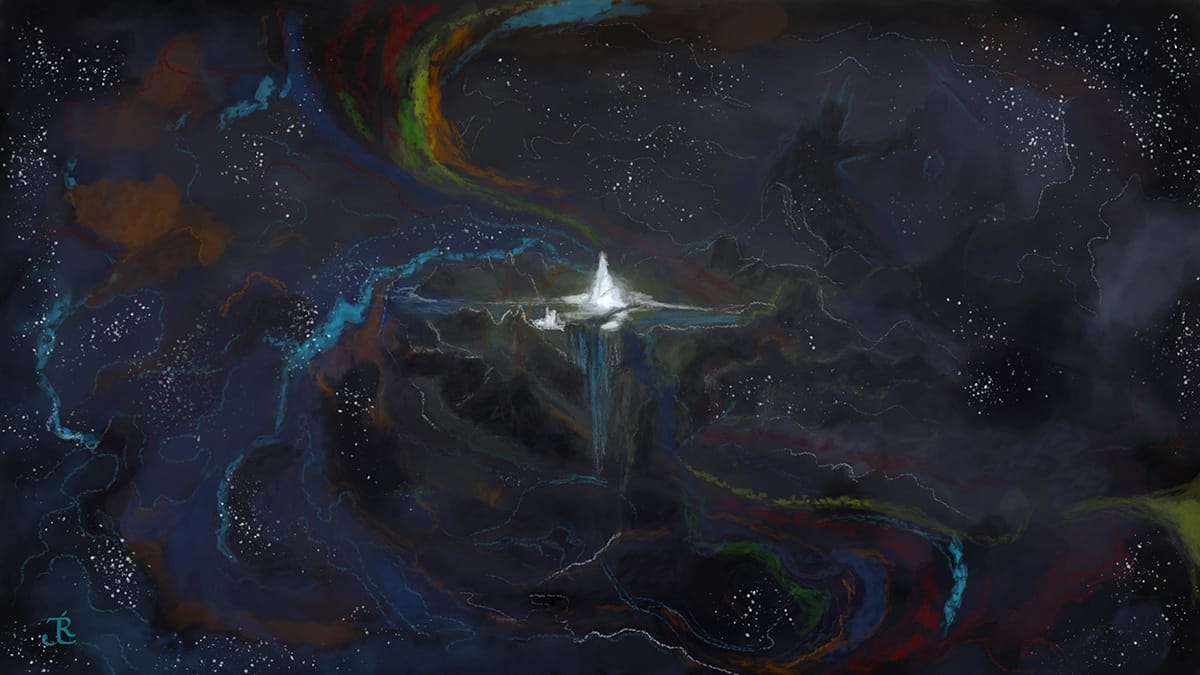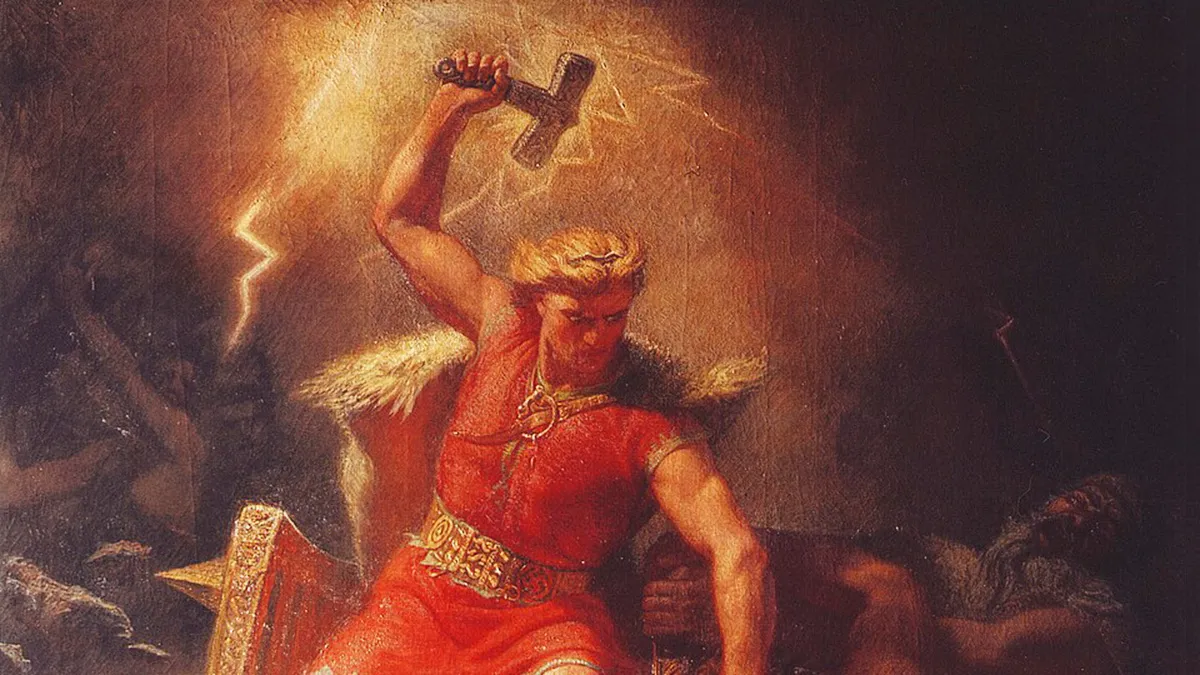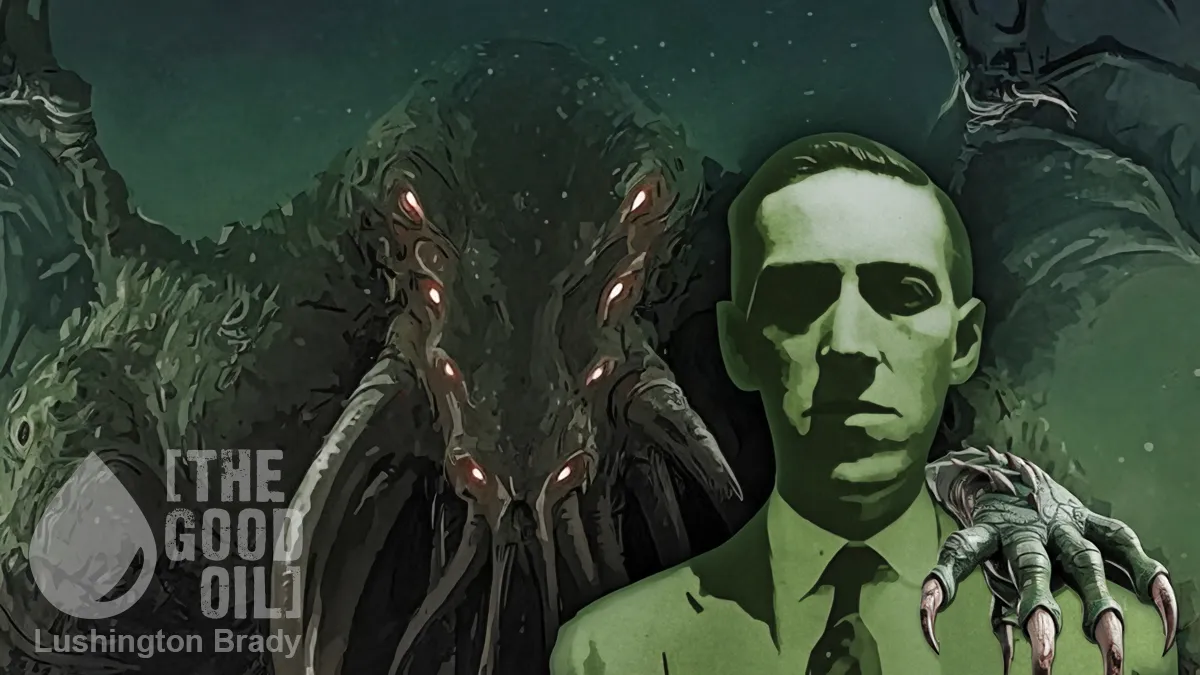As I wrote in a previous post, J R Tolkien’s Catholic faith had a profound, if subtly expressed, influence on his most famous fictional work, The Lord of the Rings. But his religious expression is even more pronounced in his magnum opus, the collection of legends of “the Elder Days”, published as The Silmarillion. Tolkien in fact began writing what would become The Silmarillion decades before he wrote on a scrap of exam paper, “In a hole in the ground there lived a hobbit.”
Tolkien also had a great love of music. Yet, despite descending from a family with a long history of music-making, he had “no aptitude for it”, unlike languages and writing. Still, the reverence for music remained in his soul: “anyone who can play a stringed instrument seems to me a wizard worthy of deep respect”, he said.
Unsurprisingly then, music plays a large part in Tolkien’s books. The Hobbit and The Lord of the Rings are liberally seasoned with songs. Late in his life, Tolkien collaborated with composer Donald Swann, setting many of the songs to music.
But it’s in The Silmarillion that music is most integral to Tolkien’s entire legendarium. The earliest chapters of the book relate the “Music of the Ainur”, in which the entire creation and most of the history of Middle-earth are expounded in “three mighty themes of music”, sung by the angelic beings, the “Ainu”, whose voices are “like unto harps and lutes, and pipes and trumpets, and viols and organs, and like unto countless choirs singing with words”. The corruption of the original harmony of the themes by the “mightiest of the Ainur”, Melkor, who desires to make music of his own devising, is the catalyst for introducing evil into the creation.

The “Music of the Ainur” is amongst Tolkien’s earliest writings of Middle-earth, apparently first sketched out some time between 1918 and 1920.
But the idea of music accompanying or catalysing the act of world-creation is not unique to Tolkien.
Tolkien was a member of a literary discussion group centred around the University of Oxford who dubbed themselves the Inklings. As it happens, two of Tolkien’s fellow Inklings also created imaginary worlds: C S Lewis, creator of the Narnia stories, and Owen Barfield, who wrote the fairy tale The Silver Trumpet (incidentally, Lewis wrote The Lion, the Witch and the Wardrobe for Barfield’s daughter, Lucy).
The worlds of CS Lewis, JRR Tolkien, and Owen Barfield are born in Music and governed by Music.
As mentioned above, “Arda”, the universe of Tolkien’s Middle-Earth, is created by music, and music sets out the unfolding of its history.
CS Lewis’s Narnia also begins in Music, the Song of Aslan, which is “the deeper magic” of his fantasy world – the magic of growing that opposes the black magic of domination […]
Owen Barfield’s The Silver Trumpet is a metaphor for the Music from the invisible realm that awakens us from the spell of unconsciousness when we hear the call.
Christianity was of profound importance to Tolkien, Lewis and Barfield: notably, music is ubiquitous in Christianity. Not just singing in church: heavenly choirs, angels singing and trumpets playing accompany many key events in the Bible, not least the birth of Jesus. Angels’ trumpets herald the unfolding of the apocalypse of Revelations. Even King David is a musician.
The divine music doesn’t just accompany creation, though. It plays on in the created world. Tolkien wrote that echoes of the music could still be heard in the sound of water.
Every element of the created realm still reverberates to the tune of this ultimate Music, and we hear the voice thereof […]
Under the guise of the visible elements, we hearken unsated unto the voice of the Silver Trumpet that calls us to discover our true Names and perform our part in the Music of Iluvatar.
Rest and Trust
Music heralds the end of the world, too.
Lewis ends the world of Narnia as it began: with Aslan’s singing. Barfield wrote of the “final participation”, that we participate in the Divine Music by discovering who we truly are, as notes finding their place in the music. But, again, it was Tolkien who raised these ideas to their most profound and poetic expression.
Tolkien wrote that, at the ending of the world of Arda, “the themes of Iluvatar shall be played aright… for all shall then understand fully his intent in their part, and each shall know the comprehension of each”. Each person becomes a note in the divine music, playing their unique and fully comprehended part in the final and greatest Music. The final Music does not seek to overpower Melkor’s strident violence, it subsumes it, taking up its incessant braying and weaving from it a slow, sad theme that grows in beauty in despite of the violence of corruption. The Christian idea of redemption through sacrifice manifested in music.
Sacrifice is central to Tolkien’s legendarium. The great hero of The Lord of the Rings, Frodo the hobbit, redeems the world and defeats evil by an act of sacrifice. His sacrifice is sung triumphantly as the humble hobbit is raised in honour above “lords and knights and men of valour”.
Music has a long history of association with the divine in Western culture. The Pythagoreans associated the scales and harmonies of music with mathematics and the movements of heavenly bodies, which they called the “music of the spheres”. Augustine carried the Pythagorean reverence for numbers and music into Christianity. “The numbers of music”, Augustine wrote, “derive from the unchanging order of ‘eternal numbers’ which themselves proceed from God.”
As late as the 16th century, Kepler regarded the music of the spheres as very real, if resonant with the soul rather than audibly to the ear. Shakespeare wrote that “There’s not the smallest orb which thou behold’st but in his motion like an angel sings.”
But the notion of music as an expression of the divine rarely found such profound and poetic enunciation as in the work of the Inklings.









